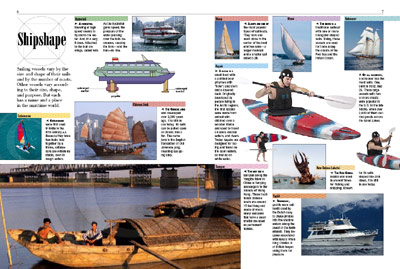

Kayak for kids how to#
Also make sure they know and practice how to get back into the kayak if it capsizes. Children should always wear life jackets when kayaking. Stability is a more important factor in a youth kayak than maneuverability and tracking, especially if you're buying for an inexperienced young person. Choose a youth kayak that's stable in the water.These have all the bells and whistles and are much like full-size kayaks but shorter (up to ten feet long). They’re perfect for teens or more experienced children who need a larger or more advanced model.Įxpensive: High-end youth kayaks are priced between $300 and $550. Mid-range: These youth kayaks cost roughly $150 to $300. They're great for occasional use or for young kids just starting out. Inexpensive: Basic kayaks that cost from $50 to $150 are usually inflatable or made of hard plastic. When buying for a younger child in particular, the paddle should be extremely lightweight, and the shaft should have a small enough diameter to be held comfortably by little hands.Ĭompartments: Some youth kayaks have storage compartments for holding belongings, but these aren’t as common on kayaks designed for kids as they are on full-size kayaks. Paddle: The vast majority of youth kayaks come with a paddle. If the kayak has foot wells instead of footrests, these should be graduated to allow for height differences. A youth kayak should have adjustable footrests that can fit kayakers of different heights. Youth kayak featuresįootrests: Kayakers brace their feet against footrests in order to paddle. Although extremely lightweight kayaks are easier for young people to handle and propel through the water, they're also more easily buffeted around by currents and waves, especially if the child inside the kayak doesn't weigh much. In theory, it's great to opt for a youth kayak that your child can handle and carry alone, but this might not be possible for younger kids. However, if the kayak is too wide, the child won't be able to paddle effectively and will keep hitting their elbows on the hull. Wider kayaks are more stable, which is important for those just starting in the activity. It's important to find a happy medium regarding the width of a youth kayak. A 6-foot kayak, for instance, is best for children between five and ten years old, whereas a 9-foot kayak is better suited to teenagers. In general, shorter kayaks are better for children, while longer ones are suited to older kids. Youth kayaks measure somewhere between 6.0 and 9.5 feet long, as opposed to full-size kayaks, which usually measure between 10 and 14 feet long. Although they're not as durable as solid-hulled kayaks, they're ideal if you don't have much storage space or you want to take your kayak with you on your next vacation. Inflatable kayaks: These have an inflatable rather than a solid hull. These kayaks are longer than touring models and designed to remain stable in choppier water. However, you can find models suited to older kids, including teens. Sea kayaks: This type isn’t as widely produced for children as for adults, since it's best to avoid kayaking in the ocean with younger children.

They're generally decent all-rounders suitable for both novice and experienced kayakers. Touring kayaks: These have a pointed bow (front) and stern (rear) and are designed to give a smooth, stable ride and great tracking over long distances. The kayaks are self-bailing, with scupper holes built into the hull, but this does mean the user will get wet while kayaking. They're great for young people since they're easy to get into and out of, and there's far less danger if the kayak capsizes. Sit-on-top kayaks: These have an open top rather than an enclosed cockpit. Some of the most common options include sit-on-top, touring, sea, and inflatable kayaks. Youth kayaks are available in a range of styles. If your child is not an experienced kayaker, choose a model with towing hooks so you can tow the kayak until they get the hang of it.


 0 kommentar(er)
0 kommentar(er)
